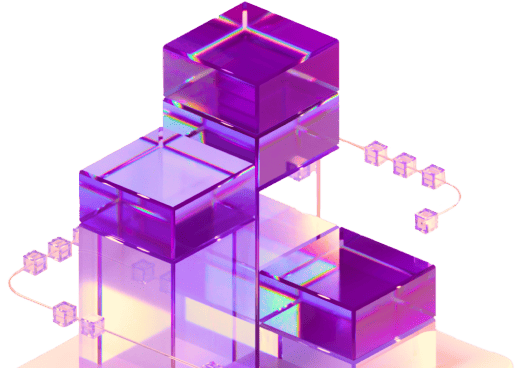Blockchain technology is experiencing rapid adoption across supply chain management and financial services, as businesses seek more transparent, efficient, and secure solutions. From tracking goods in real-time to automating financial transactions via smart contracts, distributed ledger technology (DLT) is reshaping industries.
Why Blockchain is Gaining Traction in Enterprise Applications
Originally developed for cryptocurrencies, blockchain has evolved into a versatile enterprise tool, offering:
✔ Immutable record-keeping – Preventing fraud and data tampering
✔ Smart contract automation – Reducing manual processes in contracts and payments
✔ Enhanced traceability – Tracking products from origin to consumer
✔ Decentralized security – Minimizing single points of failure
Major corporations, including Walmart, Maersk, and JPMorgan, are already implementing blockchain to optimize operations.
Blockchain in Supply Chain: From Farm to Table
1. Food Safety & Provenance Tracking
Walmart uses IBM’s Food Trust blockchain to trace leafy greens and seafood, reducing contamination investigation time from 7 days to 2.2 seconds.
Nestlé tracks coffee beans from farmers to stores, ensuring ethical sourcing.
2. Anti-Counterfeiting in Luxury & Pharma
LVMH (Louis Vuitton) employs blockchain to authenticate high-end handbags.
Pfizer and Moderna use DLT to combat fake COVID-19 vaccines.
3. Shipping & Logistics Optimization
Maersk’s TradeLens (with IBM) digitizes global shipping documents, cutting processing times by 40%.
Blockchain in Financial Services: Beyond Cryptocurrency
1. Cross-Border Payments & Remittances
Ripple’s XRP-powered solutions enable instant, low-cost transfers for banks like Santander.
SWIFT is testing blockchain for faster interbank settlements.
2. Trade Finance & Smart Contracts
HSBC and Standard Chartered use blockchain to digitize letters of credit, reducing fraud risks.
DeFi (Decentralized Finance) platforms automate lending/borrowing without intermediaries.
3. Central Bank Digital Currencies (CBDCs)
China’s digital yuan, Nigeria’s eNaira, and the ECB’s digital euro pilot are accelerating.
Challenges & Future Outlook
Despite progress, blockchain adoption faces hurdles:
⚠ Regulatory uncertainty – Governments struggle to classify crypto-assets.
⚠ Scalability issues – High energy costs (PoW) and slow transaction speeds.
⚠ Interoperability gaps – Different blockchains often can’t communicate.
However, hybrid blockchains (private + public) and Layer 2 solutions (e.g., Ethereum’s rollups) are addressing these challenges.
Conclusion: A Blockchain-Powered Future
From farm-to-fork tracking to instant global payments, blockchain is proving its value beyond speculation. As enterprises continue piloting DLT solutions, a more transparent and efficient global economy emerges.

 English
English
 Deutch
Deutch
 Espanol
Espanol
 Francais
Francais
 Portugues
Portugues
 日本
日本
 한국인
한국인
 Türk
Türk
 Русский
Русский
 Tiếng Việt
Tiếng Việt

